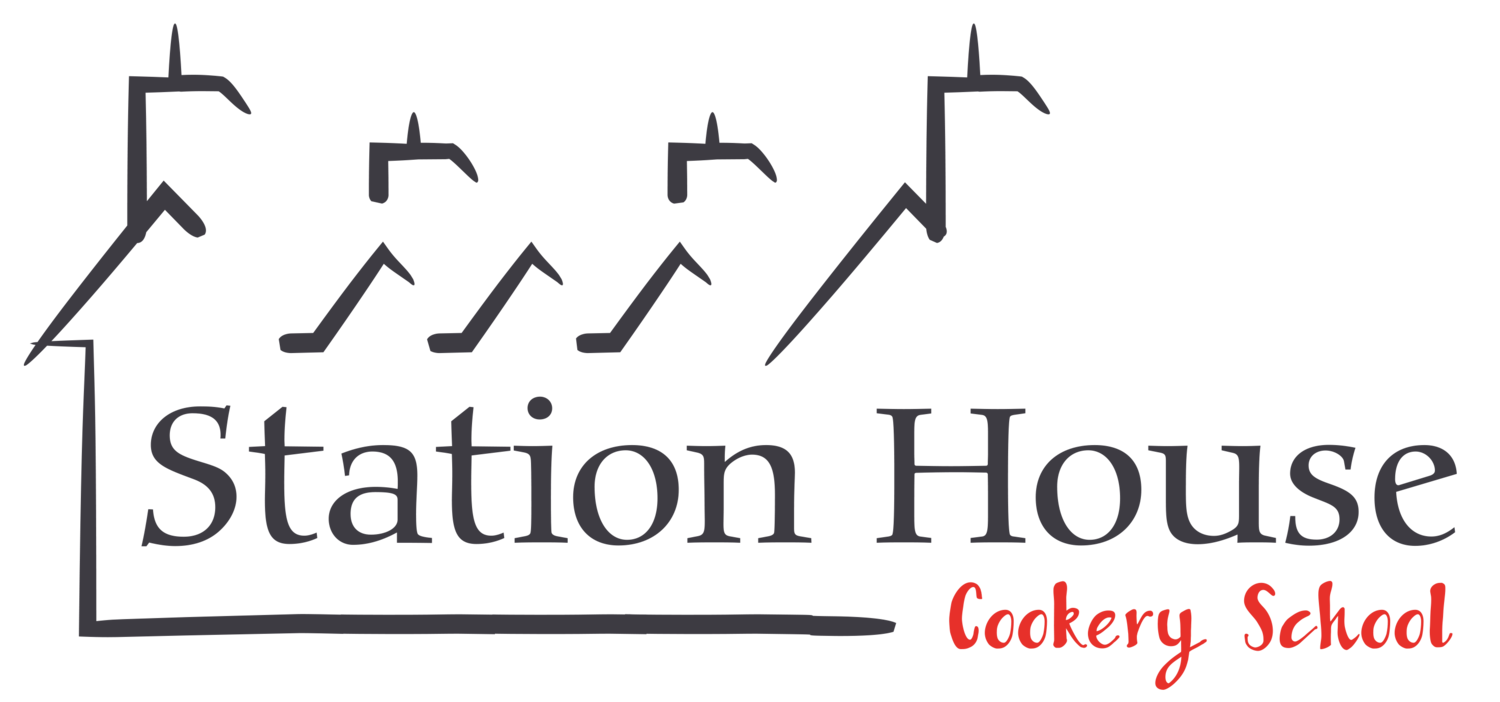It’s not as difficult as you might think to make your own homemade yoghurt. It is much cheaper than the shop bought equivalent, you have control of exactly what’s in it (no added sugars or chemicals) and it tastes fantastic!
What are you waiting for?
It’s a food stuff that is believed to have been around since 5000 – 6000 BC and is thought to have been first stumbled on by Mesopotamian herdsmen storing their milk at just the right temperature for bacteria to thicken up the milk. Most cultures around the world have their own version of it and it is believed to be very good for you. Indeed, in ancient Indian texts the combination of yoghurt and honey is called the ‘Food of the Gods’!
This process for making yoghurt has remained unchanged for millenia. Heat loving good bacteria munch on the sugars in milk which produces lactic acid which in turn causes it to congeal. Simple.
Getting the temperature to 80 degrees C helps in two ways. Firstly, it kills of any unwanted nasties should they have got into your milk somehow. Secondly, the most abundant protein, lactoglobulin, is unravelled at this stage which helps it to bind to other proteins resulting in a thicker curd. So you can control how thick you want your yoghurt to be, if you heat it to under 80 degrees C then you will have a ‘looser’ set.
The second way to control the set is the addition of milk powder. As the powder is high in a protein called ‘casein’ this helps to thicken the set.
The quality of ingredients is important to your yoghurt. Use a good quality milk, we like Roan’s Dairy at the Cookery School, and a good quality live ‘bio’ yoghurt as your starter. It must be ‘live’ as this is what imparts the good bacteria into our yoghurt. You can use your existing homemade yoghurt but be aware that it will weaken in strength with repeated use as a starter.
Roan’s Dairy milk, a live yoghurt and milk powder.
So let’s get going…
Ingredients
2 litres of Roan’s whole milk
100 grams of skimmed milk powder
400 grams of natural bio yoghurt with live bacteria
Utensils
2 litre pan
Whisk
2 X 1 litre jars
A kitchen thermometer
Method
Whisk the milk powder into the milk.
Heat the milk to just over 80 degrees C. Use a kitchen thermometer if you have one. If not, this is the point when the milk is steaming, a light skin forms and it looks like it’s just about to bubble.
Leave to cool to 45 degrees C. This is the point where you should be able to leave your finger in the milk for an extended period of time without discomfort.
Now carefully stir in the yoghurt.
Pour into a pre-sterilised jar and wrap up nice and warm to ferment. You are looking for a warm temperature so an airing cupboard or by a radiator is ideal. If it’s not warm enough, it won’t work. Trust me. I leave it overnight but generally, the longer the ferment the tangier the taste. Once thickened I transfer to the fridge.
Gorgeous with a drizzle of good local honey. We use a local Dumfries and Galloway honey from ‘A Bee Provided’.
Enjoy!




